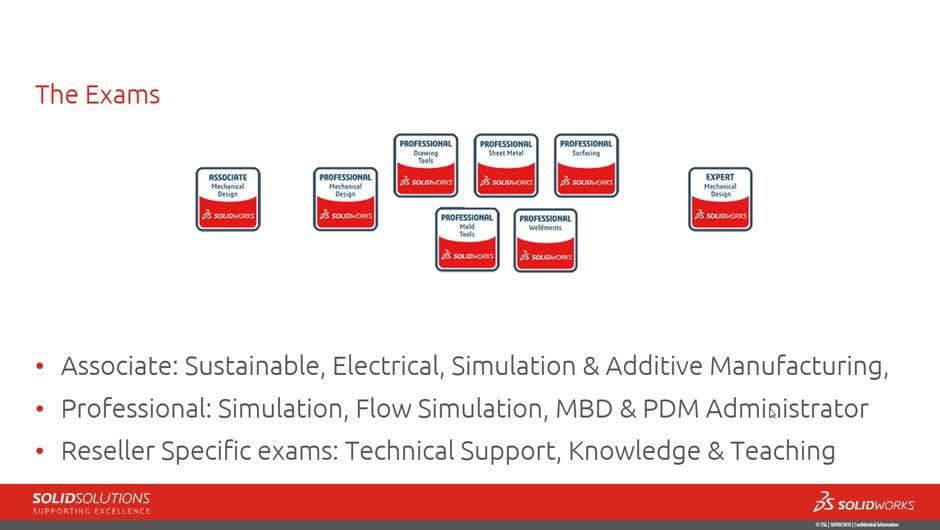
Single and multiple event Fatigue studies provide a Damage Percent plot as well. The plot below shows the life expectancy is roughly 600K cycles. This predicts the life above or below the specified number of cycles. For Single event Fatigue studies, a Life Expectancy plot is available. “Atlas of Fatigue Curves” and other references exist that provide SN curves for common materials.

Typically, this is empirical data that needs to be tested. Choose if you want to apply the Event as Fully Reversible, Zero Based, Load Ratio, or Find Cycle Peaks.Īssign the material’s Stress to Number of Cycles (SN) curve.

Specify the number of cycles for the event. Multiple Events can be combined to understand cumulative damage. The Event is how the Fatigue Study links to the base study. The Fatigue study opens and the first thing to apply is the Event, or Events. Note that Simulation Premium is required for Harmonic and the Random Vibration Fatigue types.Ī Constant Amplitude study type was chosen for this blog. The choices are Constant Amplitude, Variable Amplitude, Harmonic, or Random Vibration.

Select the type of Fatigue analysis you wish to complete. Start by selecting Fatigue for the study type. Once the base study or studies are complete the next step is to start the Fatigue analysis. Verify that the base study, or studies, have a factor of safety greater than 1, usually 1.5 and up is a good rule of thumb for high cycle fatigue. To start a Fatigue analysis typically a linear static analysis, or multiple linear static analyses are utilized as base studies. How do I complete a Simulation Fatigue Analysis in SOLIDWORKS Simulation Professional? A Fatigue study leverages existing analyses as Load Events.


 0 kommentar(er)
0 kommentar(er)
